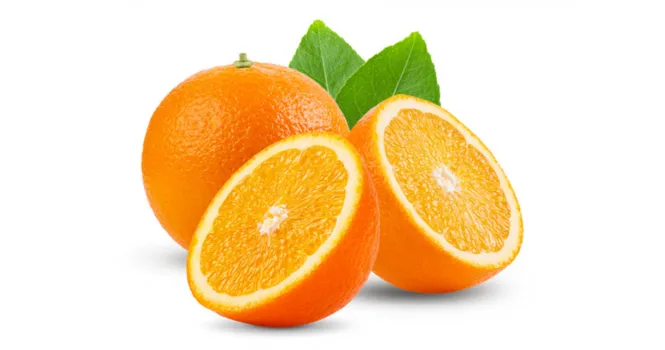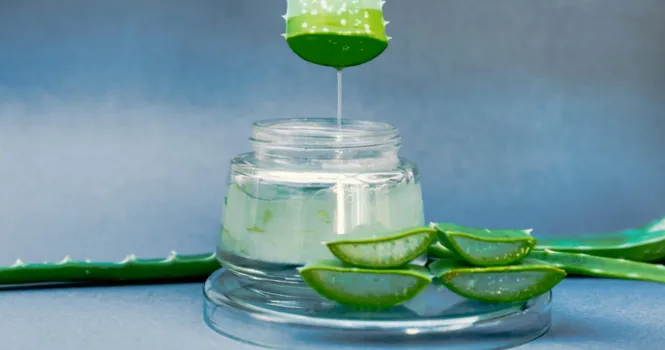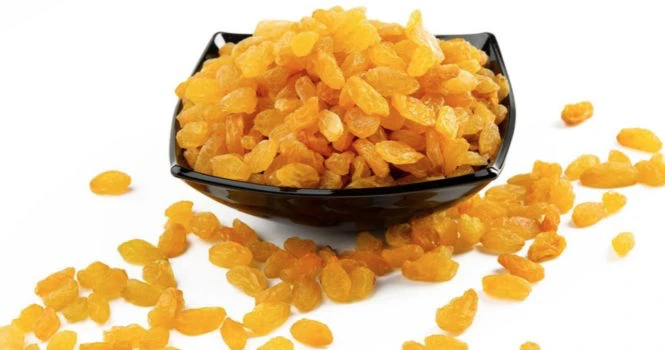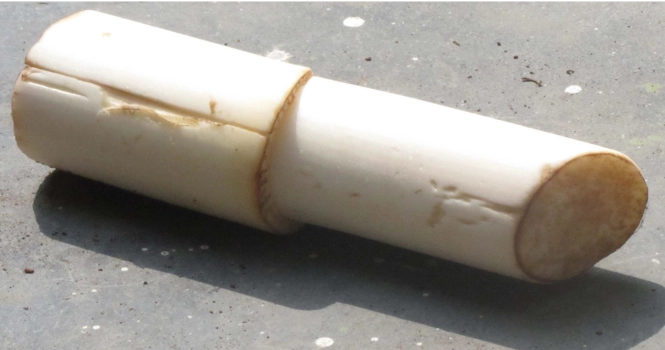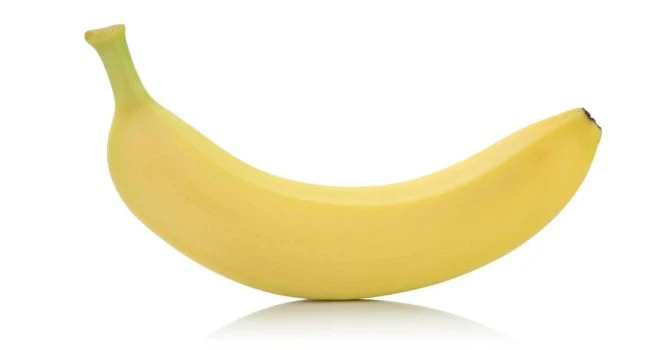Unveiling the Process: How Corn Flour is Produced
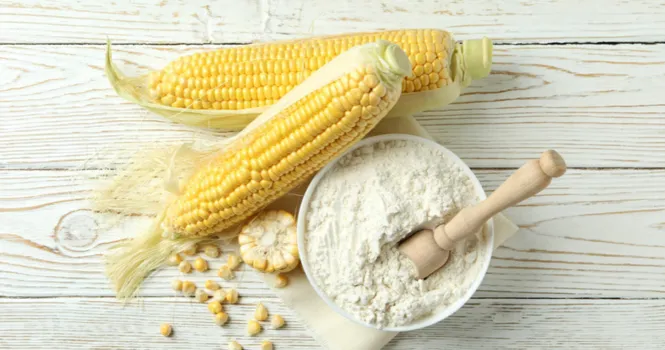
Corn flour, a versatile and widely used ingredient in cooking and baking, is made from the milling of dried corn kernels.
The process transforms the hard kernels into a fine, powdery substance that can be used in a variety of culinary applications, from thickening sauces to baking bread.
Here’s a closer look at how it is made:
1. Cleaning and Preparation
- Initial Cleaning: The process begins with the cleaning of corn kernels. This step is crucial to remove any foreign materials, such as dirt, stones, or other grains, that may have been mixed in during harvesting and storage.
- Soaking (Optional): Depending on the type of corn flour being produced and the desired end product, the corn kernels may be soaked in a solution, often of lime water (calcium hydroxide), in a process known as nixtamalization.
This step is more common in the production of masa harina, a type of corn flour used in Latin American cuisine, particularly for making tortillas and tamales.
2. Drying
- Drying Process: After cleaning (and possibly soaking), the corn kernels are thoroughly dried. This can be done naturally, under the sun, or using industrial dryers.
The drying process is critical to reduce the moisture content of the kernels to prevent spoilage and to prepare them for milling.
3. Milling
- Grinding: The dried corn kernels are then ground into flour. The grinding can be done using various methods, from traditional stone milling to modern high-speed grain mills. The degree of milling can be adjusted to produce corn flour of different textures, from finely ground to coarsely ground, depending on the intended use.
- Sifting: After milling, the corn flour is often sifted to ensure a uniform consistency. Any large particles that remain can be reground or removed.
4. Enrichment (Optional)
- Nutritional Enrichment: In some cases, especially in countries where corn flour is a staple food, the flour may be enriched with vitamins and minerals to improve its nutritional profile.
Common nutrients added include iron, folic acid, and B-vitamins.
5. Packaging and Distribution
- Quality Control: Before packaging, the corn flour undergoes quality control checks to ensure it meets the required standards for texture, taste, and purity.
- Packaging: The flour is then packaged in bags or boxes, labeled, and distributed to retailers or directly to consumers.
Types of Corn Flour
- Yellow Corn Flour: Made from yellow corn, this type of flour is common in North American and European cuisines.
- White Corn Flour: Derived from white corn, it is often used in African and Mexican cuisines.
- Blue Corn Flour: Made from blue corn, this flour is used in some Southwestern and Mexican dishes, known for its sweet flavor and nutritional benefits.
It is made through a meticulous process of cleaning, drying, and milling corn kernels, with optional steps like soaking and enrichment to cater to specific culinary or nutritional needs.
The production of corn flour is a testament to human ingenuity in food processing, turning a staple crop into a versatile ingredient that’s integral to cuisines worldwide.
Whether used in baking, as a thickener, or as the base for traditional dishes, corn flour’s widespread use underscores its importance in both home kitchens and commercial food production.
Frequently Asked Questions
Is corn flour a maida?
Corn flour and maida are two distinct types of flours used in cooking and baking, each originating from different sources.
Corn Flour: This is made from finely ground cornmeal and is gluten-free. It’s commonly used in baking, as a thickening agent for soups, sauces, and gravies, and in making cornbread and other corn-based products. It is typically yellow, but it can also be white, depending on the type of corn used.
Maida: Maida is a type of refined and bleached wheat flour, very common in South Asian cuisine. It is made from the endosperm of the wheat grain, with the bran and germ removed, resulting in a white, fine powder. Maida is used in a wide variety of foods including bread, pastries, and various sweets. It contains gluten, which makes it suitable for producing elastic dough.
👉 Curious how wheat flour affects blood sugar? Explore the glycemic index of wheat flour and what it means for your health.
So, corn flour is not maida; they are different both in terms of their source (corn vs. wheat) and their properties (gluten-free vs. containing gluten).
Learn and find out, if Corn is good for Diabetics



